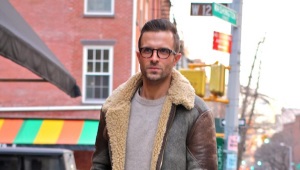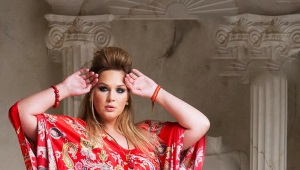Fashion 60-70s
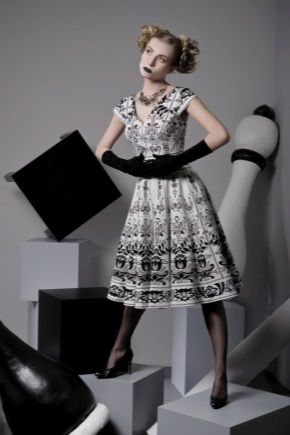
The history of fashion in the 60s originates from London. At that time, it was the capital of Great Britain that became the cradle of rebellion and audacity, which pushed fashion far ahead after the economic devastation of World War II. New youth musical idols Elvis Presley, Mick Jagger, Jimmy Morrison and the legendary Beatles influenced the way young people dress. Young people of that time prefer formal suits with thin ties, nylon shirts with narrow collars, and narrow-toed shoes.
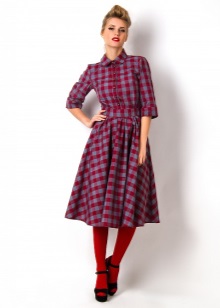
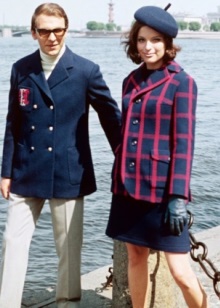
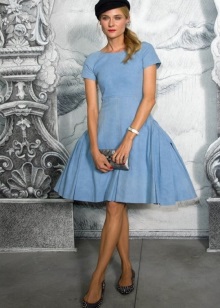
Unisex style appears. Girls wear short haircuts, dress trousers and men's shirts. In 1962, the owner of a fashion store in London, Mary Quant, makes a splash when she first offers the world public a fashion collection of short dresses with a high waistline and low-heeled shoes. The style of an angular teenager is supported by an infantile-looking fashion model Twiggy. Simple styles in women's clothing are combined with bright colors of rich tones, complex decor and voluminous contrasting prints.
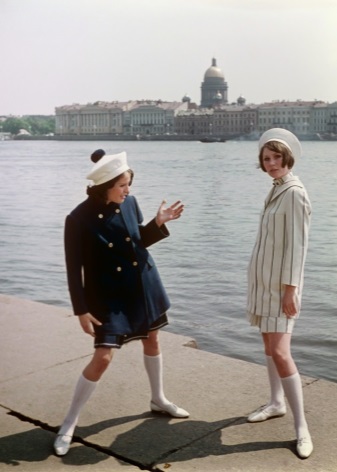


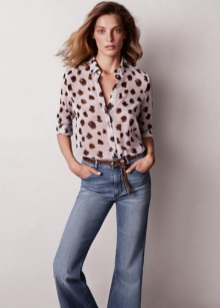
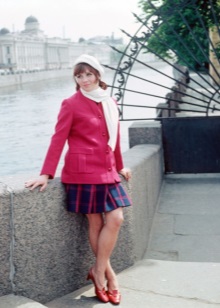
The trendsetter of the 60s is also considered the luxurious Catherine Deneuve, who contributes by adding a fashionable image of femininity. New hairstyles in the spirit of Brigitte Bardot are also coming into fashion. Her carelessly whipped "babette" with fleece is copied by women all over the world.

Time for hippies and synthetics
Synthetics are gaining wide popularity: they are considered convenient, cheap and practical. New fabrics appear - nylon, crimplen, polyester, lurex and others. Unnaturalness is also present in hairstyles and makeup: wigs, hairpieces, false eyelashes, jewelry come into fashion. There are new bright plastic jewelry, large artificial jewelry, large plastic-framed sunglasses.
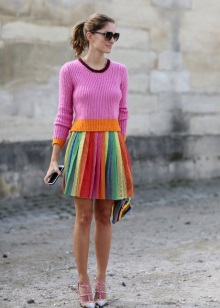
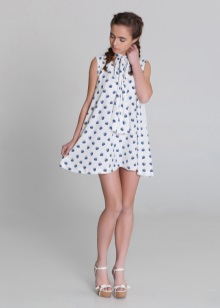
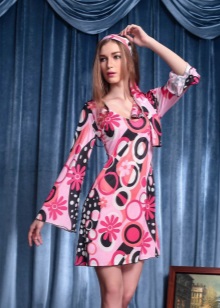
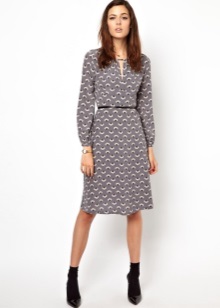
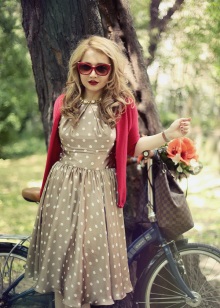
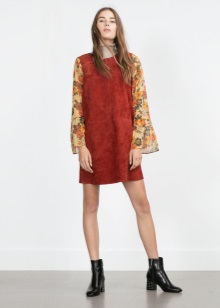
Toward the end of the 60s, several couturiers influence fashion trends at once, so eclecticism is in fashion. Three lengths are in trend at once: mini, midi and maxi. Trouser sets with double-breasted jackets, a-line silhouettes without an emphasis on the waist are in fashion. Flare-shaped models are replacing the trousers narrowed to the bottom.
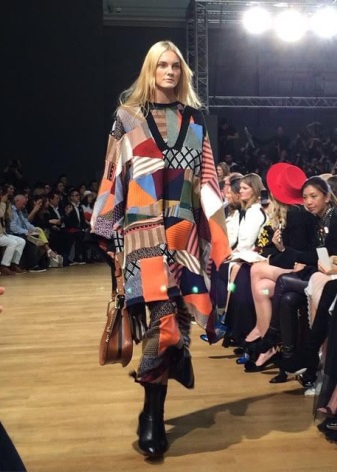
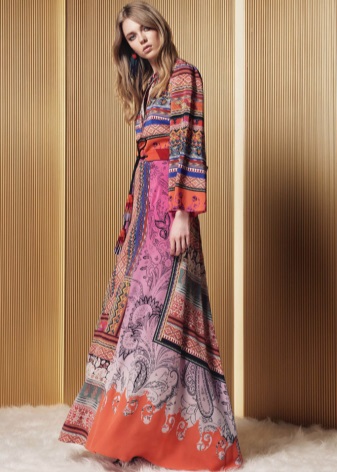
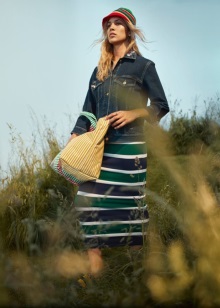
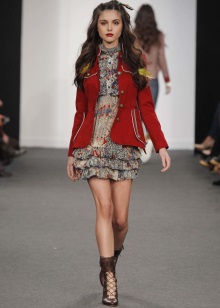
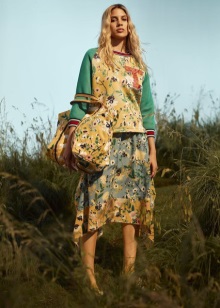
The “hippie” subculture is becoming widespread, which advocates for peace, promotes love and rejection of the excesses of modern society, and demonstrates escapism and asceticism. Hippie clothing is deliberately casual - ripped jeans, canvas bags, beaded bracelets are combined with long hair, symbolizing freedom. Hippies also contribute to the formation of youth fashion, adding ethnic motifs, elements of folklore, psychedelics in the form of bright abstract patterns and, of course, jeans.
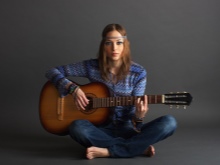
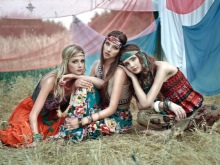
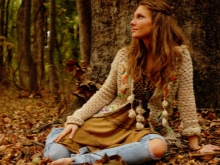
If the style of the 60s can be described as an era of youth rebellion, protest, then the 70s strengthened this trend even more, the term “anti-fashion” appears. Tight fitted clothes are being replaced by loose-fitting models and cowboy style with fringes, frayed flared jeans and quilted vests.Men's fashion includes wide bright ties, jackets, knitted pullovers and shirts with a sporty cut "batch shirts", which do not bypass the attention of the fair sex.
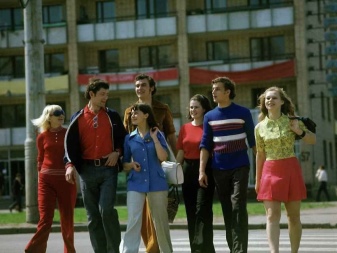

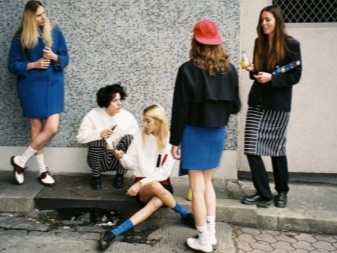
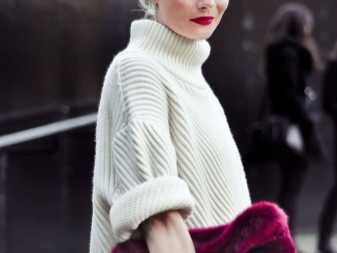
In the women's clothing of the 70s there is a pronounced sexuality, there are separate swimsuits, open T-shirts, trousers and skirts with a low waist "on the hips", short shorts. Patchwork bags are in fashion. In everyday clothes, women prefer flared silhouettes, wide sleeves, various forms of coquettes. Safari and military styles are also popular. There are tight-fitting sweaters and turtlenecks tied in a narrow elastic band, which are called "noodles".
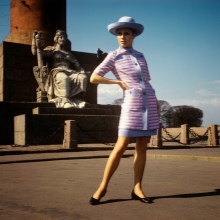

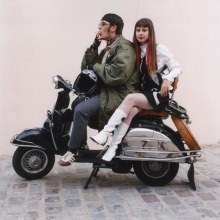
Synthetics are frankly tired of everyone, natural fabrics are in trend, especially cotton gauze. Appears strange shoes "on the platform". Among the hairstyles among the population, short geometric haircuts, which are easy to care for and style, are becoming widespread, charming popular models such as "Sessun" and "Garcon" appear.
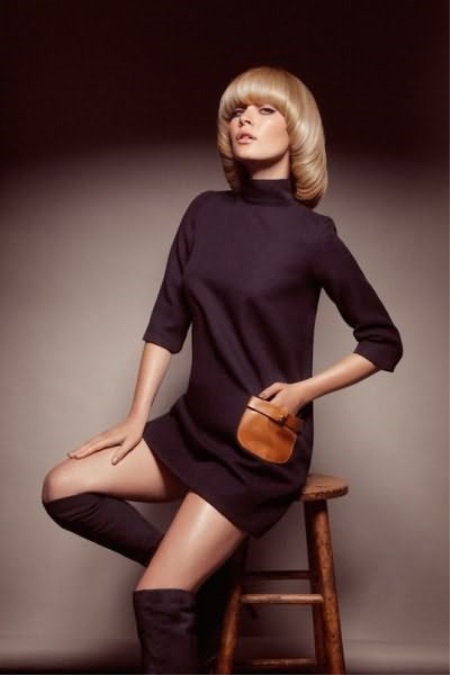
Cult things
The most iconic signs of the 70s are jeans and flared trousers, trouser sets, turtleneck shirts and sweatshirts. Also relevant are long tunics worn with trousers or shorts.

In the 70s, a new peculiar style of a business silk dress in dark tones with a length just below the knee appeared, which is worn both in the evening and at work in combination with a blazer. However, women making a career were prescribed a classic suit with a skirt and a silk blouse with an indispensable bow, flesh-colored tights, shoes with low steady heels and modest gold accessories.
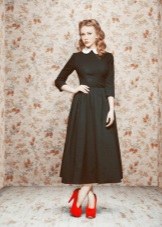
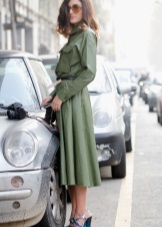


How did the youth dress?
Youth fashion continues to be influenced by musical trends and subcultures.Thanks to David Bowie and Ziggy Stardust, glam rock style appears with its bright colors, sparkling makeup and a mixture of elegance and extravagance.
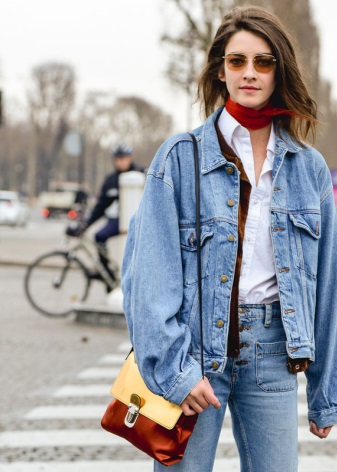

In the mid-seventies, a punk style was formed, which was most vividly embodied by the rock group Sex Pistols. Young people are quickly copying the most characteristic features of punk style into their wardrobe. Second-hand clothes, old army uniforms, torn clothes, which are decorated with pins, chains and any other metal objects, are used. Girls wear miniskirts with black fishnet tights or leggings and shoes embellished with stiletto heels. Both of them use eccentric makeup and hair in the form of a comb, painted in bright colors.
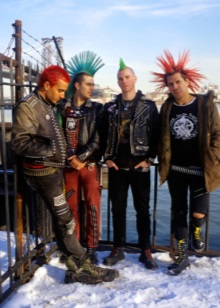
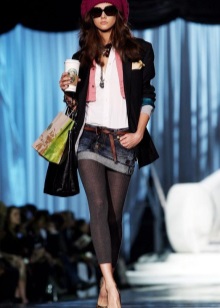

Formation of the Disco style
In the late 70s, a new musical direction "synth-pop" is gaining popularity, which later develops into the "disco" style. It is the musical style that will have a decisive influence on the festive clothes for the evening. If during the day there is rigor and elegance in everyday clothes, then extravagance, chic and brilliance dominate in the evening. Discotheques are starting to come into fashion, where it was customary to wear tight tops with straps made of bright lycra, combined with super-short shorts made of silvery fabric or tight-fitting trousers, dazzlingly colorful or transparent dresses, combined with appropriate makeup - sparkles, bright lipstick and mother-of-pearl shadows. Adds accent to the image and sparkling jewelry.
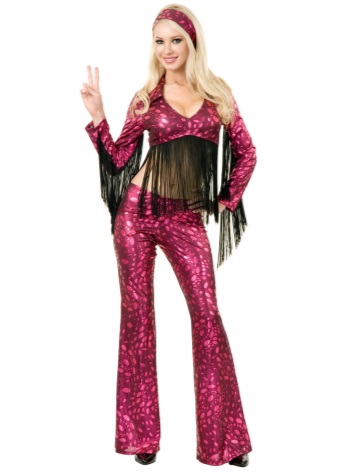
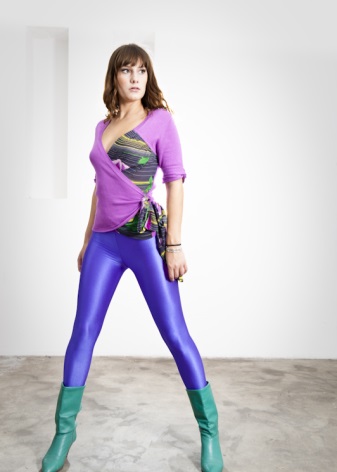
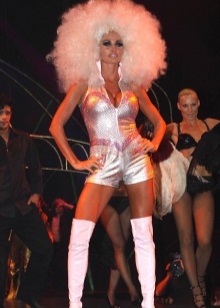
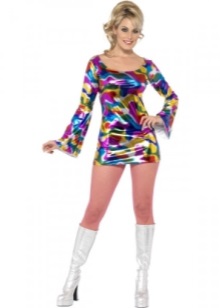
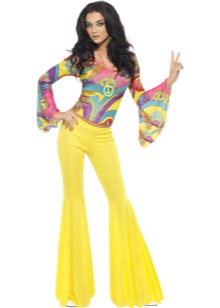
Thus, the youth style of the 60s and 70s was greatly influenced by street fashion with its charismatic personalities from the hippie philosophy, the world of music and sports.In the last decade of the 70s, Montana showed a new fashion collection with a fitted silhouette and emphasized by the wide shoulder line, using special shoulder pads, thus defining the future trends of the 80s.























